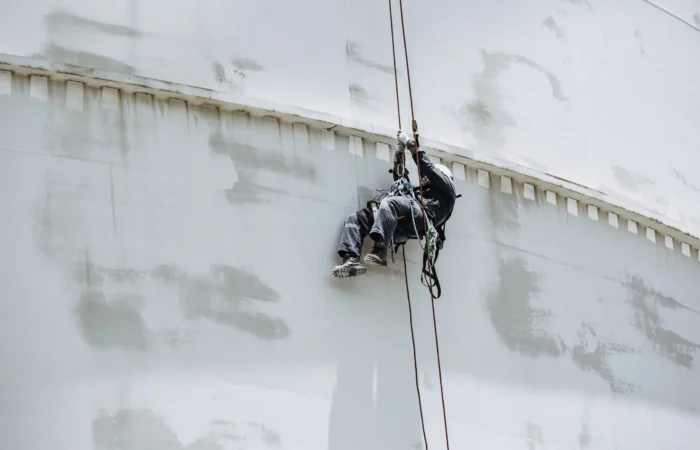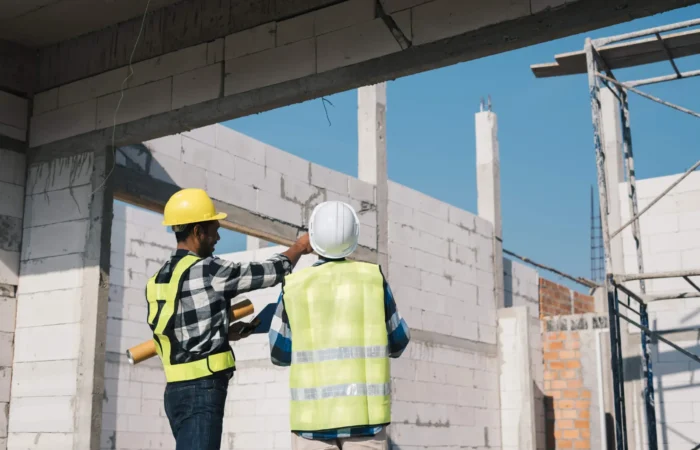
Is Commercial Building Maintenance Critical for Business Success?
Importance of Commercial Building Maintenance
Safe and Professional Window Cleaning!
Reach Out To Our Team To Learn More About Our Commercial Window Cleaning Services!
- Safety and Compliance
Maintenance of commercial buildings ensures the place is safe and meets industrial standards. It prevents accidents as fire alarms, electrical systems, and the integrity of the structure are continuously checked to ensure a safe environment for all people inside. Compliance with the standards not only protects employees and visitors, but it also avoids any legal responsibility and damage to the business reputation.
- Preservation of Asset Value
- Operational Efficiency
Properly maintained buildings run more efficiently and use less energy, resulting in lower operating costs. Scheduled maintenance to the HVAC system, insulation, and lighting systems ensures peak performance, ensuring lower utility bills. Efficient building systems reduce wear and tear, therefore extending equipment and infrastructure life and saving money for the business in the long term.
- Improved Business Image
- Satisfaction of Employees
Types of Commercial Building Maintenance Services
- Routine Maintenance
- Corrective Maintenance
- Preventive Maintenance
- Compliance and Regulatory Maintenance
How Poor Maintenance Can Impact Business Operations
- Higher repair costs
- Lower Operational Efficiency
- Health and Safety Risks
- Poor Business Reputation
- Decreased Employee Morale
Conclusion
FAQS
Commercial building maintenance is a periodic service given to a structure and its systems with the sole purpose of maintaining safety and functionality. Some activities include cleaning, servicing of HVAC, plumbing repairs, and compliance checks to ensure that a building avoids costly repairs or operational disruptions.
The importance of taking good care of commercial buildings often centers on the points of safety, preservation of an integral asset's value, efficiency in operation, and a professional image. Regular maintenance helps to prevent expensive repairs, maintains a comfortable working and customer environment, and ensures that the building is compliant with regulations.
There are several types of commercial building maintenance, including routine maintenance, regular cleaning with minor repairs, corrective maintenance, which solves immediate problems, preventive maintenance, which is directed toward solving future ones, and compliance maintenance to adhere to safety standards and regulatory requirements.
Accordion ContePoor maintenance means higher repair costs, reduced operational efficiency, safety risks, a poor business image, and lower staff morale. Neglecting maintenance may cause small problems to become big ones and bring production to a halt, which will greatly damage the company's image.nt
Accordion Constem maintenance also ensures that an HVAC, lighting, and insulation system is working at peak efficiency, using less energy to perform its functions, and reducing utility bills. Efficient systems also minimize wear and tear, thus increasing life and saving on repair and replacement costs.tent

Trustindex verifies that the original source of the review is Google. On behalf of Peter A. - Committee Member of Birkenhead Quays I have been in the building industry industry for over 50 years, I have never seen a building of this size being completed two months ahead of schedule and under budget. Thanks to Vincent and Yusif they have been amazing. CPR team are true professionals with qualified trade people. Out of 148 apartments not 1 complaint. I would highly recommend them if you want friendly and hassle free servers.Trustindex verifies that the original source of the review is Google. I am the Building Manager for Birkenhead Quays in Drummoyne NSW. I am absolutely thrilled to share my incredible experience with CPR! Every aspect of their work, from the initial consultation to the final brushstroke, exuded a sense of excellence. The attention to detail they displayed was remarkable; it was evident that they took great pride in delivering flawless results. What truly sets CPR apart is their commitment to understanding and meeting their clients' needs. They took the time to listen to our vision and preferences, incorporating them seamlessly into their approach. The final result was a masterpiece that exceeded all our expectations. Furthermore, their professionalism and punctuality were second to none. Deadlines were not only met but surpassed, showcasing their dedication to providing a seamless and stress-free experience. Their team worked efficiently and neatly, ensuring that our building was left even more immaculate than when they arrived. CPR is a shining beacon of excellence. If you're looking for a painting company that delivers unwavering professionalism, and a truly remarkable experience, look no further. I am beyond grateful for their exceptional work and can't recommend them highly enough. A big thank you to Vicente, Hussain, Namat, Yusif, Dinesh and Mark on this project. Sincerely, Danyelli Rosa - Birkenhead QuaysTrustindex verifies that the original source of the review is Google. High quality work, customer-focused service, impressive outcomes. Project Manager Vicente Barba and his team were professional and responsive.Trustindex verifies that the original source of the review is Google. This company is outstanding!! So professional, such great communication, such clean, tidy and brilliant work painting our very high and large building with next to no disruption, hassle or inconvenience. I highly recommend this company. FranTrustindex verifies that the original source of the review is Google. We live by the sea and CPR completed painting of the exterior of our Strata Building in 2015. Seven (7) years later, it still looks great.Trustindex verifies that the original source of the review is Google. Cannot fault this company. They were professional and polite and keep the occupants well informed as to their activities! Our building looks like new again. The employees are friendly and helpful.Trustindex verifies that the original source of the review is Google. We have just recently had our building facade painted by the team from CPR. The building was built in 1969 and is 8 stories in height - the abseiling worked perfectly for the job. Over 30 years I have been involved in many major projects and the guys from CPR were delightful to work with. The team was led by Vicente and nothing was a problem - the guys were always there to help. The response from other residents in the building is the same - everyone thought all the guys on the job were very friendly, punctual, polite and super obliging. The communications throughout the job was always open with weekly site meetings. We have had positive comments from many of our neighbours about the fantastic result and I would not hesitate to recommend CPR. KatrinaTrustindex verifies that the original source of the review is Google. Our experience with Facade upgrade specialists was excellent. The attention to detail wonderful. The entire performance was faultless. The team worked diligently with care and precision as they quietly abseiled down our building. It was a long job over two buildings but it was noteworthy that Abdul and his team worked long hours here. There were no raised voices and than goodness no loud radios. For fifteen months, partly due to Covid, our building seemed to be under siege. Scaffolding had been required by the noisy team who needed to remove then our combustible cladding. Having your Facade team was sheer delight after what had previously been a rude and noisy ordeal. Bravo to you all. Thanks for your good work.Trustindex verifies that the original source of the review is Google. This company is so professional and passionate about their work, as well as being obliging and helpful. A pleasure to have this team painting our building. With thanks.




